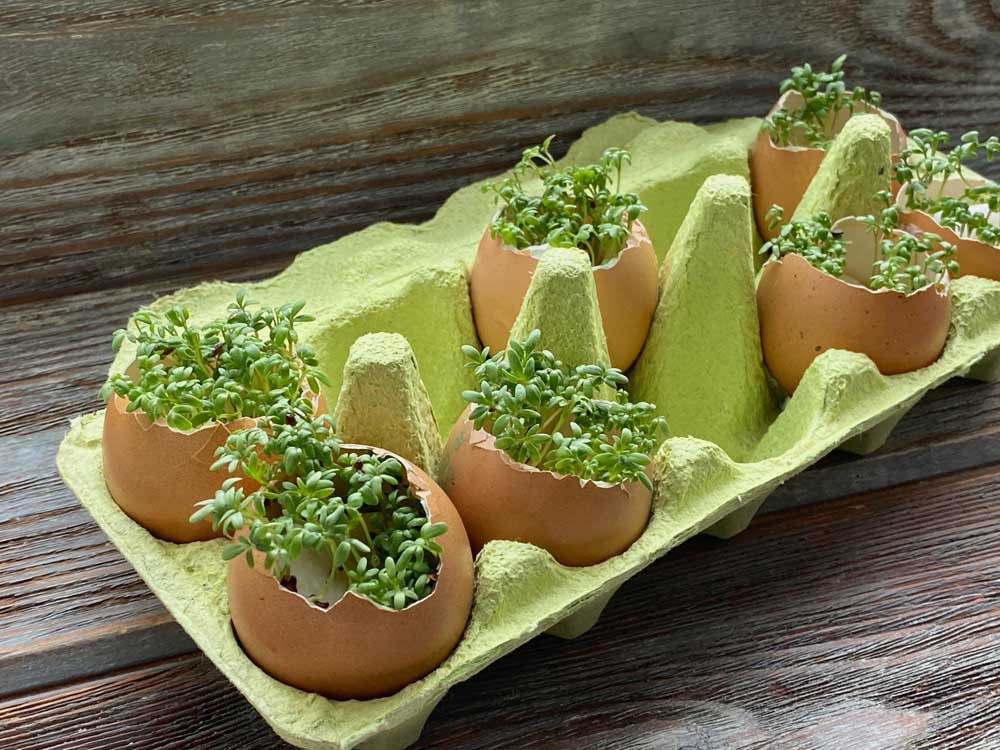Gardening corner: Some myths debunked for gullible gardeners
Published 4:00 am Sunday, April 16, 2023

- Eggshell gardening.
This is the time of year that gardeners can be extremely gullible. Like a sponge we absorb any information that makes us feel closer to spring and planting time.
Recently I did research-based information for a gardening newsletter. In doing research on garden myths I realized how vulnerable we can be and that we should view many garden hints or advice with a certain degree of skepticism.
Rather than rely on the “quick-award winning” tips in garden magazines, I source material from land-grant universities and two of my favorite books authored by Jeff Gillman, a professor of horticultural science and Director of University of North Carolina Botanical Garden in Charlotte. The titles are “The Truth About Garden Remedies” and “Decoding Gardening Advice.”
What is a land-grant university? Land-grant universities were established by Congress in 1862. Members of Congress were granted 30,000 ares of land for each member of Congress representing that state. The land was to be sold with the funds used to finance the establishment of one or more schools to teach “agriculture and the mechanic arts.” Some of the best known land-grant colleges include Cornell University, Purdue University, Ohio State University, University of Illinois, University of Wisconsin and Oregon State University.
A garden tip we followed for years was adding Epsom salts to the soil. Why did we do it; because everyone we knew, going back to their parents and their grandparents did it.
Backtracking the information we learned two elements critical to plant growth are magnesium and sulfur. Epson salts contains both. According to Gillman, poinsettias, chrysanthemums, kalanchoes and gardenias show high levels of magnesium in their leaves and may benefit from the addition of the element.
Most planting media contain sufficient magnesium for normal growth and adding Epson salts is unnecessary. Gillman also points to, if there is little magnesium in the soil, there is also an acid pH. Dolomitic lime in that case is more appropriate than Epsom salts to add magnesium.
I’ll also admit to another error of my ways for many years. That was the saving of eggshells as an amendment to the soil or planting media for their high calcium content. Granted, the crushing of the saved eggshells was a great activity for young grandsons and they felt special being able to use the mortar and pestle.
Directions for use were never exact, one to six eggshells per container, or just mix “some” in the soil at planting time. Boiling the eggshells in water and allowing the mixture to sit anywhere from 15 minutes to 24 hours, then straining the mixture and using the water to irrigate the plants was also included. I never did the water boil. My method was more like the Johnny Appleseed method; toss a handful here, toss a handful there.
Gillman was unsuccessful in trying to a find a basis for the age-old theory of eggshells adding calcium to the soil. He decided to conduct his own experiment. He wiped the inside of the eggs so there was no residue left. Then he crushed the shells into aspirin sized pieces and boiled them in a few cups of distilled water. After boiling he let the eggshells sit in the water for 24 hours and then strained them out and collected the water. The eggshell water, along with a sample of the distilled water, was sent to the University of Minnesota to be analyzed.
Five nutrients were more abundant in the boiled-eggshell water than in the distilled water. A relatively small amount of sodium was found and it is unlikely the amount would help or hurt the plant. Phosphorus and magnesium were found in low levels. The two elements that might be beneficial to a plant were found. Calcium and potassium were released into the water. Eggshells are a kitchen waste product why not use them to add nutrition or tilth to the soil.
The most recent award-winning garden tip shocked me. “To deter deer, soak bamboo sticks in men’s cologne for 24 hours, then stick them in the ground near the plant.” A hundred questions went through my mind. What happened to the deer-resistant articles and plant lists? Will the essence be detrimental to birds and insects?
COBA Home & Garden Show, Friday, May 6, through Sunday, May 8, at the Deschutes County Fair & Expo Center, Redmond. Visit the OSU Master Gardeners Booth for your gardening information.








